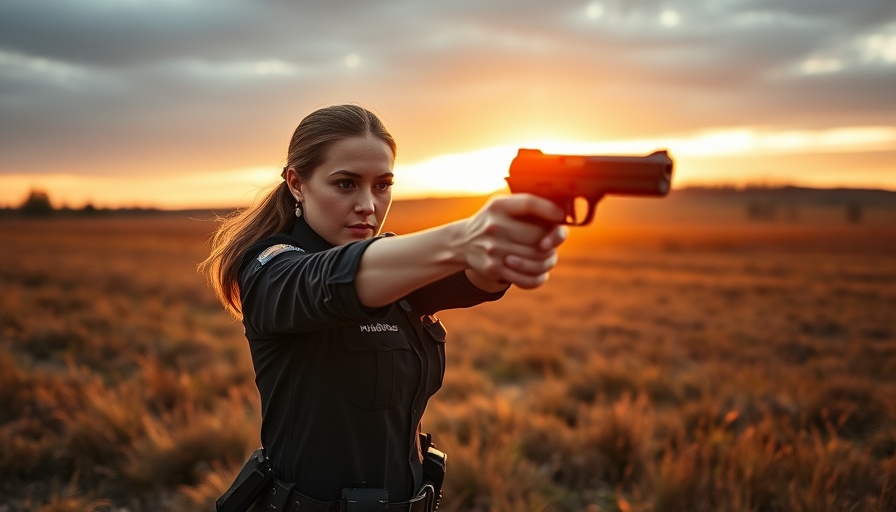
Discovering the Depths of 'Fall Is a Good Time to Die'
Filmmaking is often seen as a bold venture, a journey through creativity that culminates in a visual representation of a narrative. In the case of Dalton Coffey's latest film, Fall Is a Good Time to Die, the confidence and careful craftsmanship in filmmaking shine through. This Western revenge film, a follow-up to Coffey’s Poor Mama’s Boy, challenges expectations by presenting a subdued yet gripping story of grief and vengeance.
Exploring Themes Beneath the Surface
Coffey approaches the often loud and violent genre of Westerns with a different lens. He notes, “If you go right at it and shine a light directly on it, people will look away.” Instead, he invites viewers to lean into the shadows of complex emotions, prompting them to ponder deeper themes of loss and justice. His decision to showcase the story through a quieter narrative style allows audiences to engage with the underlying tensions rather than being overwhelmed by them.
A Changing Landscape of Filmmaking
Contrasting Coffey's previous work filmed in Arkansas, our conversation reveals how location plays a pivotal role in storytelling. With over 20 years in South Dakota, he embodies a sense of place in his work, acknowledging how geography shapes character motivations. Coffey’s nuanced portrayal of his characters is a testament to his understanding of the distinct cultures in these regions.
The Emotional Core of the Story
The interplay between revenge and law enforcement serves as the film’s emotional backbone. The central characters, played by Joe Hiatt and Jennifer Pierce Mathus, represent different sides of justice. Hiatt’s quiet rancher is complemented by Mathus’s authoritative sheriff, bringing to life the tension between personal intent and societal duty. This dynamic not only propels the narrative but also reflects the complexity of moral choices in the face of tragedy.
With its thoughtful execution and compelling performances, Fall Is a Good Time to Die offers a fresh perspective on the revenge genre. As Coffey continues to grow as a filmmaker, this film resonates with local audiences who appreciate stories rooted in authenticity and emotional truth.
 Add Row
Add Row  Add
Add 




Write A Comment